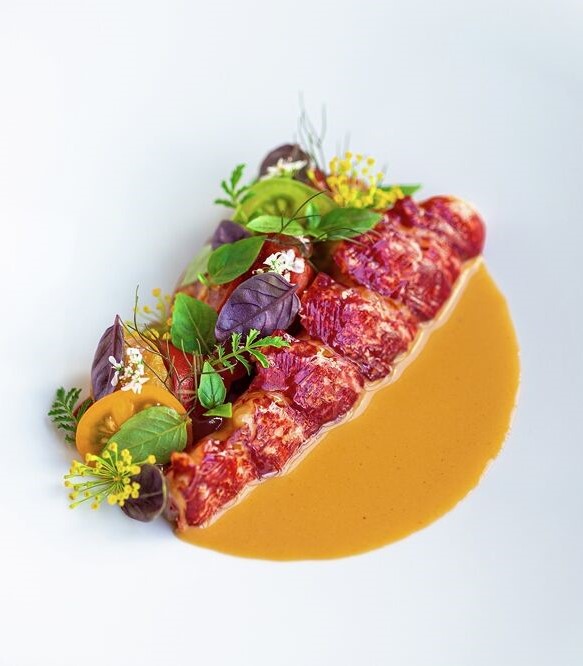Carbonara
Carbonara, probably the most famous Roman recipe, is a relatively recent invention. One of the explanations lent most credence – and one of the most compelling – is the presence of American soldiers during the Second World War and their K-rations of freeze-dried eggs and bacon. These ingredients eventually came into contact with the local pasta and gave rise to the masterpiece we now know.
Today, carbonara is one of the dishes the Romans are most fastidious about in terms of preparation. Everyone has their own recipe, of course, but beware of using bacon instead of guanciale or, worse still, of adding cream. In fact, the yellow cream that coats the pasta must be made of eggs mixed with grated cheese and pepper, guanciale cut into small pieces and roasted in a pan until crispy on the outside and melting on the inside, then finally combined with the pasta. A few years ago, the suggestion of a recipe that had little to do with the original caused an uproar and led to the institution of Carbonara Day, celebrated ever since on 6 April.
L’Amatriciana
Amatriciana ranks alongside carbonara in the popularity stakes. Originally from Abruzzo (the name refers to the town of Amatrice), it is now considered a Roman specialty. What it has in common with carbonara is guanciale, although here the pork jowl is combined with a tomato sauce. Guanciale is also found in gricia, the third variation based on this ingredient, which here is presented in its pure state and served only with grated cheese.
Something for everyone
The city's love affair with offal is not confined to secondi piatti, but also extends to pasta dishes. Another sensational Roman specialty is rigatoni con la pajata, pajata being the small intestine of suckling veal.
The name "pasta alla zozzona", meaning "dirty pasta," illustrates the linguistic creativity of Rome's residents. This is a dish for sturdy stomachs – with a tomato, egg, guanciale, sausage, and sheep's cheese sauce, it's practically a meal in itself!
Of course, not all pasta dishes are “dry,” and many feature pasta in broth, such as the traditional soup, minestra con l'arzilla (arzilla being the Roman dialect name for "skate"), Romanesco broccoli and pasta (generally spaghetti cut into pieces), or pasta e ceci – pasta with chickpeas, in which the classic legume is left whole or partially blended for a creamier effect and mixed with the pasta.
Gnocchi
Unlike some varieties made from potato, gnocchi alla romana are made from semolina cooked in milk with butter, flavored with nutmeg, and whipped with egg yolk and Parmesan. Once cooled, the dough is cut into discs and baked au gratin.

Hosteria Grappolo d'Oro
Romanè
Domenico dal 1968
Trattoria Pennestri
Poldo e Gianna Osteria
Roscioli
La Ciambella


















